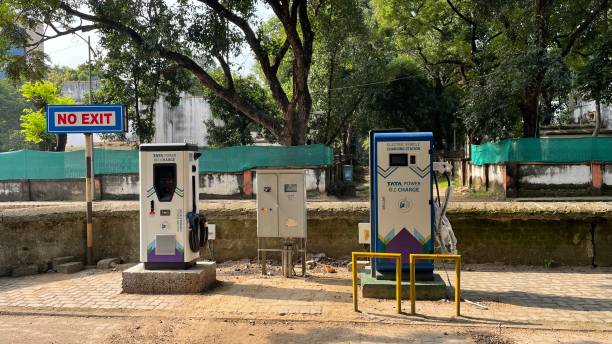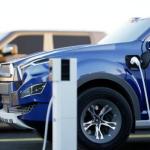Rural EV Charging: Opportunities and Challenges
As electric vehicles (EVs) grow in popularity, the focus often falls on urban areas. However, rural EV charging is becoming an equally important topic. Expanding charging infrastructure in villages and small towns not only supports EV adoption but also opens up new business opportunities.
Opportunities in Rural EV Charging
1. Untapped Market Potential
Rural areas have fewer charging stations, making them a promising location for new installations. This creates space for entrepreneurs and businesses to step in early and establish a strong presence.
2. Boost for Local Businesses
Installing EV chargers at petrol pumps, shops, restaurants, or small lodges can attract travelers and EV owners, increasing customer visits and revenue.
3. Government and Policy Support
Many countries are encouraging clean mobility with subsidies and incentives for EV charging infrastructure, especially in rural and semi-urban regions.
Challenges of Rural EV Charging
1. Limited Power Infrastructure
Some rural areas face unstable electricity supply, which makes setting up and maintaining chargers a challenge.
2. High Initial Setup Barriers
Even though costs are reducing, installing chargers requires investment in equipment and connectivity, which can be difficult for small businesses.
3. Lower EV Adoption Rates
Compared to cities, EV ownership in rural areas is still low, which can initially reduce the demand for charging stations.
The Road Ahead
While rural EV charging faces hurdles, the opportunities outweigh the challenges. With rising EV adoption, supportive policies, and innovative solutions like solar-powered charging, rural areas are set to play a crucial role in the future of sustainable mobility.




